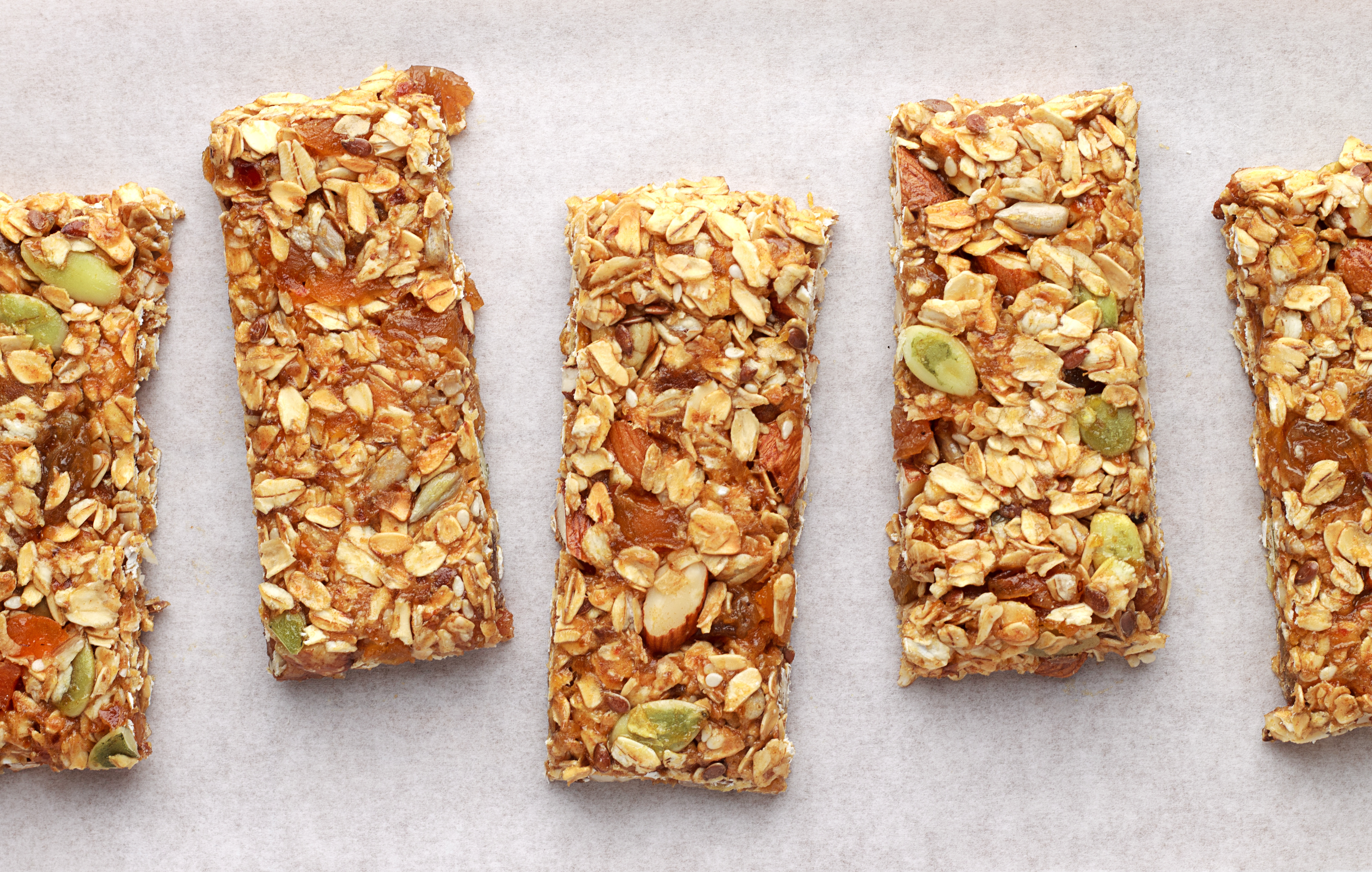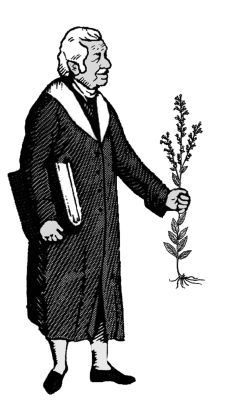We Eat Three Foods
Published: Wed, 07/12/17
July 12, 2017
We Eat Three Foods (that's it) David Christopher, M.H.
The three foods that we eat are carbohydrates, proteins and fats. Although they are found throughout the food chain they are best utilized from the plants from which they are originally manufactured. All life depends on plant foods. Plants also provide essential nutrients such as vitamins and minerals. Plant nutrients are essential because we animals do not produce them. There is an exception, vitamin D, which we manufacture by exposure to the sun. When the sun hits our skin cholesterol (also produced by us) it is converted to vitamin D. The other exception is vitamin B-12 which is manufactured, not by us, but by the friendly bacteria that inhabits our lower intestines. In a symbiotic way we feed this type of bacteria our mucous and it excretes vitamin B -12. Plants uptake the minerals from the soil, add a carbon bond and an enzyme wrap creating a more absorbable and easier path of elimination. Eating plants is much safer and more efficient than eating dirt (manufactured minerals).
Basically speaking, plant carbohydrates vary in complexity allowing immediate use of glucose (the fuel for our bodies) and other configurations like fructose which needs to be converted to glucose by the liver. Other more complex configurations of carbohydrates take more time to break down providing “time released “energy. Sweet carbohydrate foods like berries and fruit give us immediate energy while less sweet vegetables provide energy later. The more complex carbohydrates
found in legumes, grains, nuts and seeds take longer to break down and energy is provided even later.
When carbohydrates are expended the body converts the fatty acids from fats to glucose, so long term energy is also available. Mono-saturated, poly-unsaturated and even saturated fats are all necessary and can all be found in plants. Besides fats being used for energy, they also are needed for healthy skin and for the utilization of fat soluble vitamins like A, D, E and K. Fats are needed for many functions such as body insulation, brain development and blood clotting. Some excellent sources of fats from plants include avocados, macadamia nuts, coconut (wonderful source of saturated fats), Brazil nuts (highest source of selenium) all nuts and seeds.
The other food we eat is protein. Although the amino acids in proteins can be used for energy (converted to glucose) the pathway is more complex for a purpose and is used for energy as a last resort. If this process of converting amino acids is continued, and amino acids are depleted, then the body breaks down its own cell structure into amino acids causing the disease condition of ketosis. The original purpose for amino acids in protein is to be used to make new cells for all parts of the body. All organs, tissues and bones are dependent on these amino acids as is the production of enzymes that digest food and activate your metabolism and are used to make neurotransmitters and hormones. Protein should not be wasted on making energy.
Let me dispel a common comment which is, “Oh I feel more energized when I eat a lot of protein rich foods.” It is not because protein is providing energy, it is because protein makes you satiated. This is the good feeling signal that your body gives out to reward you for consuming adequate protein needs. All plants provide protein as well as fats and carbohydrates. Some excellent protein rich foods include all grains, legumes, nuts and seeds. Dark green leafy vegetables are rich in protein and so are potatoes and other tubers.
Man and animals need plant life to make and maintain cell structure. Meat exists because plants exist. Man eats meat out of want not out of need.
Quantitative data on nutrient needs are utilized to promote man’s wants and greed to promote and profit from products.
Dr. Christopher often answered seemingly complex questions like quantitative nutrient needs, food combining and protein requirements with the simple phrase, “Ask any gorilla?” Gorillas do not pour over research trying to develop ideal dietary needs, rather, they eat what nature provides. Their diet is mostly plant based, and they die naturally in their old age with all their teeth and hair.
If we return to nature and eat plants in their raw, live state we can receive all the necessary nutrients we need. These three plant based foods will allow us to die when our time comes, perhaps with all of our hair and teeth.
David Christopher is a Master Herbalist and the director of The School of Natural Healing. He also co-hosts the popular radio show "A Healthier You" and is a popular international teacher and lecturer.
Printable Version: http://herballegacy.com
and for a limited time 15% off!

Healing Spirituality by Gudrun Penselin
Join us at the Immune Defense Summit!

David Christopher will be speaking on "Protecting Immunity - Effective herbal Remedies"
Register here!
David Christopher is now on Twitter!
You can follow David @DChristopherMH

Granola Bars
Adapted from Angela Liddon's New Mama Glo Bars
- 1 1/2 cups rolled oats
- 1/2 cup quinoa flakes
- 1/4 cup sesame seeds
- 1/4 cup pumpkin seeds
- 1/4 cup sunflower seed
- 1/2 cup chopped nuts of your choice
- 1/2 cup coconut
- 1/2 cup dried fruit of your choice - cherries, berries, apricots, apples, etc.
- Mix all of the above and set aside.
1/2 cup almond butter
1/2 cup honey
2-3 Tablespoons coconut oil
1/4 tsp. salt
Combine all of the ingredients and mix well. If the mixture is not sticky enough, add more honey. Once all of the ingredients are combined, add dried fruits of your choice; cherries, berries, apples, etc. Mix together and press firmly into a parchment paper lined 8x8 baking pan. Place in the freezer or refrigerator for 20 minutes to set up.
Recipe adapted by Tony Judd from Angela Liddon's New Mama Glo Bars recipe.
http://ohsheglows.com/2016/09/26/new-mama-glo-bars-lactation-friendly-nut-free/
Printable Version: http://herballegacy.com
Herbal Resource Links
- Herbal Legacy - http://www.herballegacy.com - Our free information website
- The School of Natural Healing - http://www.snh.cc - Quality Education since 1953
- Christopher Publications - http://www.christopherpublications.com - Dr. Christopher's books and more
- Christopher Websites - http://www.christopherwebsites.com - Find all Christopher websites and other great resources
- A Healthier You Radio Show - http://www.ahealthieryouradio.com - Free weekly radio show
The School of Natural Healing: http://www.snh.cc
Christopher Publications: http://www.christopherpublications.com
NOTICE: All information in this newsletter is given out as information only and is not intended to diagnose or prescribe. For our official Disclaimer, Biological Individuality, Important Notice & Terms of Use please see: http://www.herballegacy.com/Disclaimer.html
This newsletter is sent by permission only - you can unsubscribe quickly and easily by clicking the link below.
.

